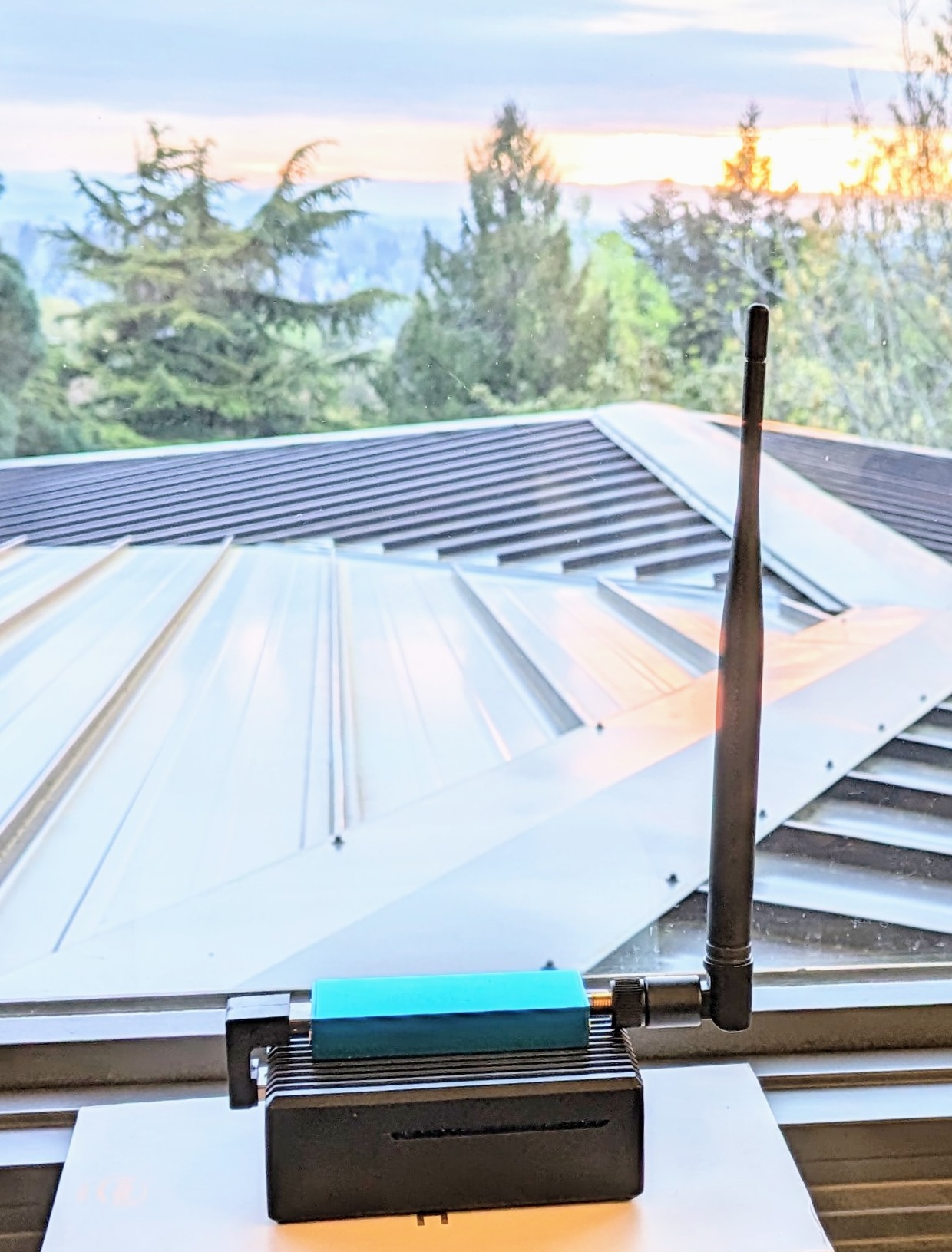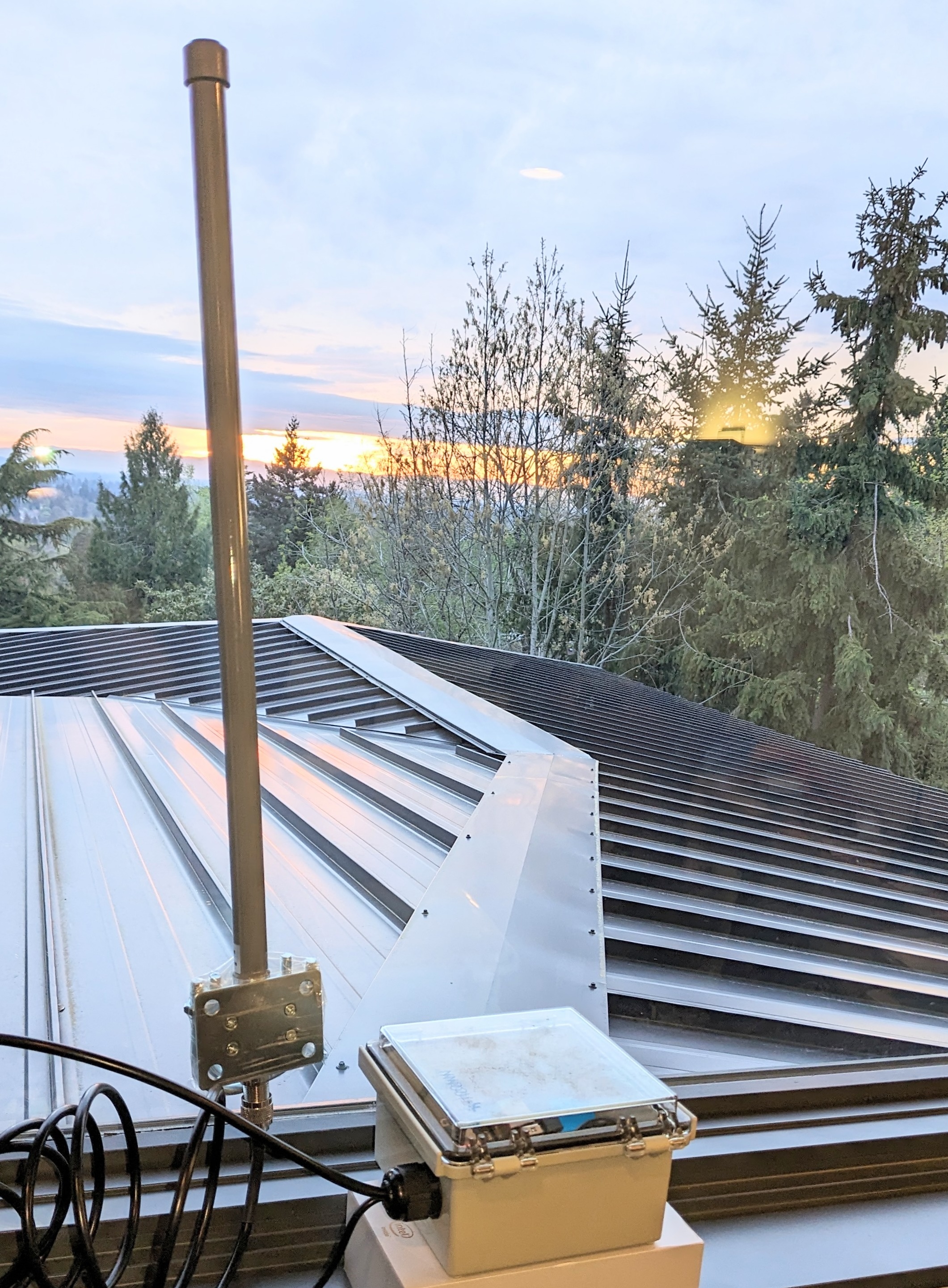
ADSB.im
Simple to use ADSB Feeder Images
(not
just) for common Single Board Computers
A Quick Guide to Hosting an ADSB Feeder
What is ADS-B?
Automatic Dependent Surveillance-Broadcast (ADS-B) is an advanced radio technology that combines
an aircraft's
positioning source, aircraft avionics, and a ground infrastructure to create a accurate data on aircraft movement
all over the globe. ADS-B Out works by broadcasting information about an aircraft's GPS location, altitude, ground
speed and other data to ground stations and other aircraft, once per second.
Why would I care?
The ADS-B signal is unencrypted and easy to receive and decode - and over the last few years a
thriving community
of aircraft enthusiasts has developed that together track air traffic around the world. There are a number of
commercial services in this space (like FlightAware, FlightRadar, RadarBox, and several others) that collect this
free data and then sell it to companies and consumers as a services. And there are a number of community supported
sites that collect the data and make it freely available to others for research or simply to enjoy knowing who's
up
in the air above us.
What happens to the data?
If you participate collecting data and send it to one or more of the aggregators, they generally
integrate it
into their live maps and make it available for others to see. Some of them (like https://adsb.lol) make it
available
under an open data license for everyone to work on, analyze and use. This is done in a privacy respecting manner;
no
one has specific access to your location or any identifiable data about your site.
What hardware is involved?
Typically you would use a single board computer (SBC) like a Raspberry Pi 3/4/5 or an
Orange Pi Zero 3 or simlar.
You connect a Software Defined Radio (SDR) USB dongle to that board and an antenna to that SDR. Ideally this would
be in a weather proof box outdoors, with the antenna mounted as high as possible with a clear view of the sky -
but
surprising amount of data can be collected indoors with a small system with an equally small antenna sitting by a
window.


This is a fairly nice indoor setup - about 5.5 x 3 in in footprint and about 9in tall. It tends to fit nicely on a
window sill - but also works well in an attic.
This is a typical outdoor setup - a weatherproof box that's about 7 x 7 x 4 in and a 24 in outdoor antenna that
would ideally be mounted outside as high up as possible. That could be on a mast somewhere, on top of the roof, or
mounted to an outside wall.
What else is needed?
Other than this, all you need is a software stack (you get that from adsb.im) that goes on a
small µSD card, a
power supply, and an internet connection.
If you got to this page because Dirk is trying to talk you into hosting such a feeder, you can
assume that he
will provide you with all of the hardware needed and will happily remotely manage the feeder as well. All you
provide is a place to put the feeder, power (think ~2W, or something like 50Wh a day or 10-15kWh a year, depending
on electricity cost were you are this will likely create a fairly small ongoing cost - something like a couple of
dollars a year), and internet access (depending on how much airtraffic can be found above you this typically adds
up
to a few GB a month - not noticeable in a typical home internet connection).
A lot more information can be found on the other pages of this site - but only worry about this
if you would like
to get more involved, build your own feeder and manage things yourself.